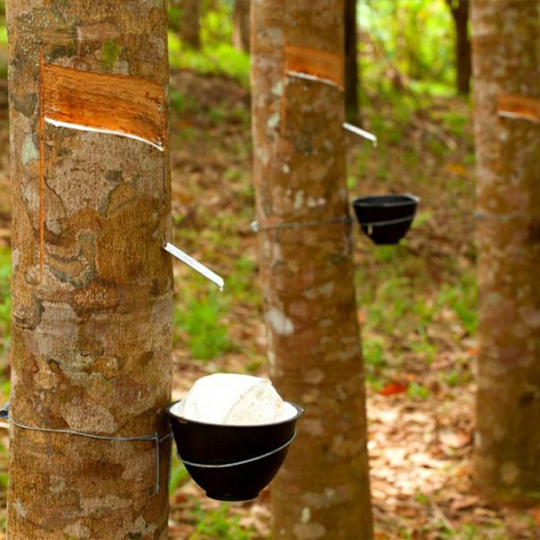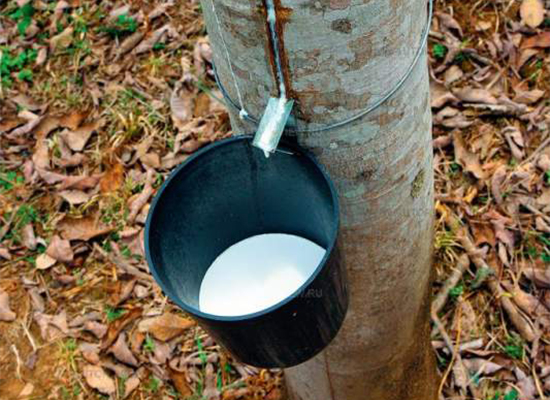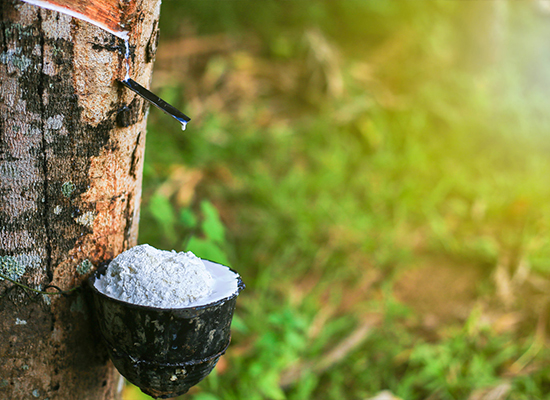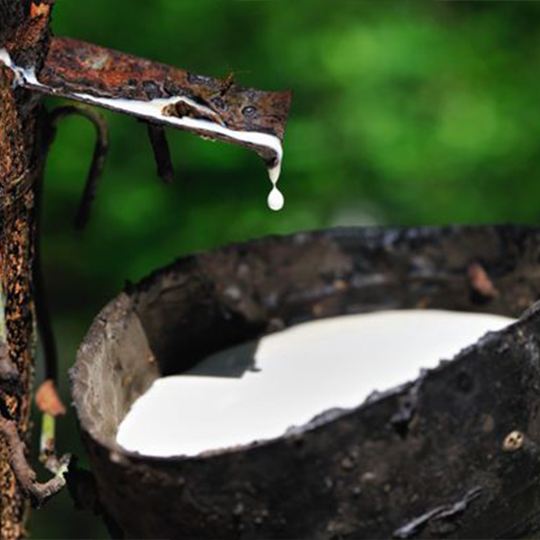

TSR grade rubbers (Technically Specified Rubber) are classified according to their source (field latex or cup-lump) and specific technical parameters. The main exporting countries, namely Malaysia, Thailand, Vietnam and Indonesia, each produce their national standard TSR rubbers: SMR (Standard Malaysian Rubber), STR (Standard Thailand Rubber), SVR (Standard Vietnamese Rubber) e SIR (Standard Indonesian Rubber).

In order to produce RSS grade rubbers, field latex, before reaching a complete coagulation, is processed to remove water and form sheets. After drying by smoking, the sheets are visually analyzed to determine the percentage of impurities and classified on a scale of one to five, in increasing order of impurities.
